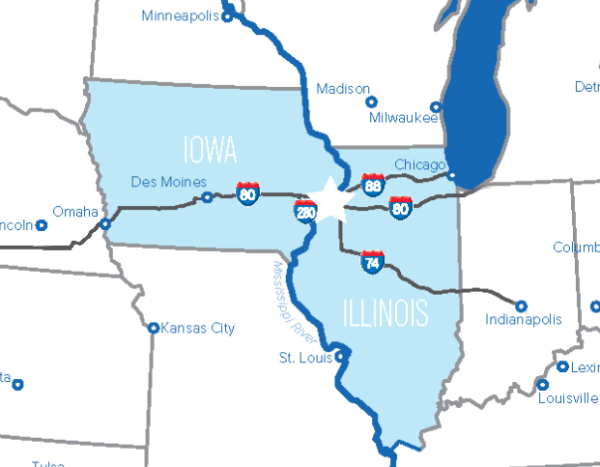One of the dominant economic stories of 2022 was the nationwide surge in inflation which began in 2021 as the economy recovered from the COVID recession. As many economists predicted, the unprecedented amount of economic stimulus led to price increases in nearly every sector of the economy and every region of the country.
Overall inflation as measured by the Consumer Price Index (CPI) was 6.4% for 2022. However, the price increases have not been uniform across sectors. Perhaps the most noticeable price increases have been in food, which saw a 10% increase in price nationwide in 2022. Fuel oil, natural gas, and transportation services also saw double-digit increases.
On the flip side, certain sectors saw much more moderate increases in prices. Gasoline, the price of which can vary considerably from month-to-month, increased by only 1.5% for the year—much lower than the overall inflation rate. The prices of apparel and medical care both increased by about 3% for the year, about half the rate of prices on average.
The most striking price decrease was in used vehicles, which declined 11.6% in prices in 2022, returning to more normal levels after spiking during COVID due to supply chain issues in the new car market.
The cost of intermediate goods for businesses as measured by the Producer Price Index saw extremely high price increases in the first part of the year, but these prices largely moderated in the second half of the year. Because many these price increases in the intermediate goods sectors driven by supply chain issues and were therefore expected to be temporary, some firms may not have increased their output prices by as much. These firms are now starting to see some relief as supply chains improve. This will also help to provide moderation in output price increases going forward.
Detailed inflation data is not available for local areas in real-time, however, regional inflation data is reported by the Bureau of Labor Statistics on a monthly basis. The Quad Cities are part of the Midwest region which covers the northern plains and Great Lakes states. In our region, CPI inflation was 6.0%, slightly less than at the national level.
For the most part, Midwest inflation tracked closely with national numbers with a few notable differences. Gasoline prices increased more in the Midwest (5.0% vs 1.5% nationally). However, in the market for natural gas, the pattern was reversed with Midwest prices increased 15.4% compared to 26.7% nationwide.
Also providing some cushion for Midwest inflation is the fact that housing prices in our region are historically less volatile than in other parts of the country. Shelter costs (rent and owners’ equivalent rent) make up about a third of the weight in the CPI. Shelter costs rose by 6.4% in the Midwest compared to 7.9% nationwide.
The pace of inflation peaked in mid-2022 and has been slowing in recent months. In fact, consumer prices in the Midwest have been mostly flat on average since July. If this continues into 2023, we can expect inflation in the region to fall below 4% and possibly even below 3% this year, which is roughly on par with Federal Reserve expectations for inflation nationally.






